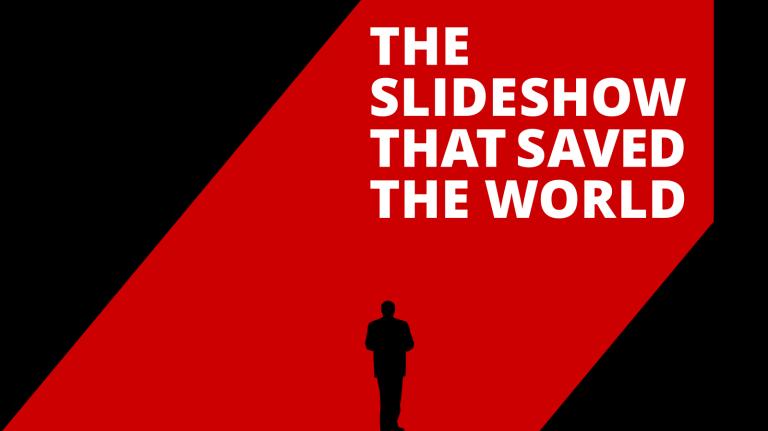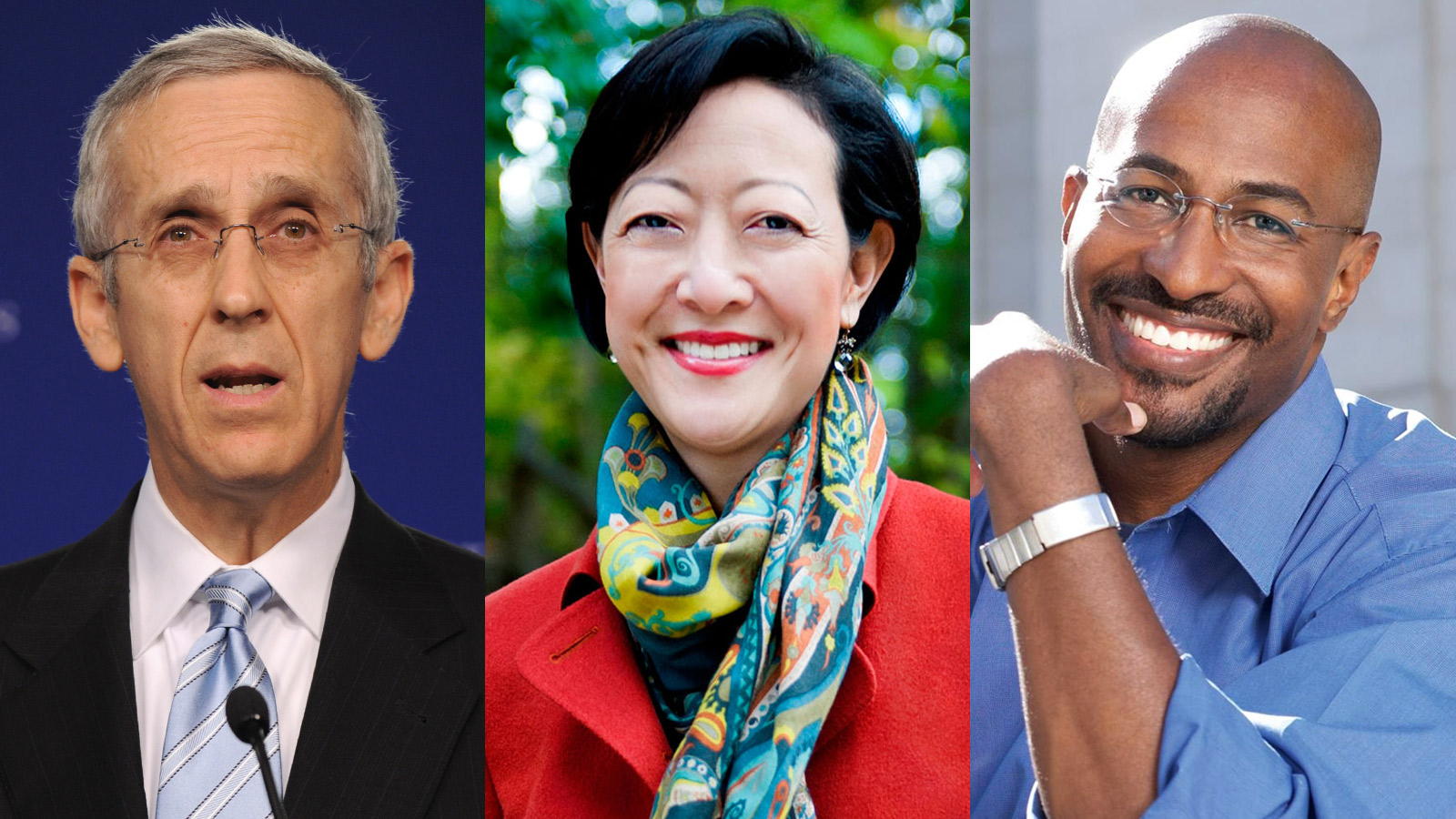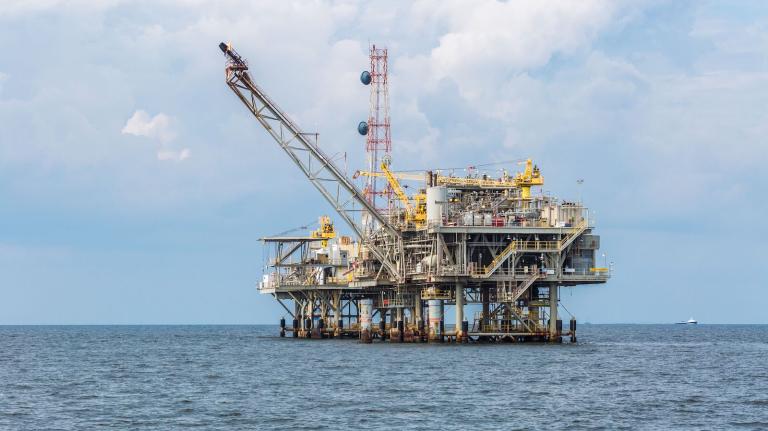How profoundly did An Inconvenient Truth reshape the public understanding of climate change? The short answer: a lot. To mark the movie’s 10-year anniversary, Grist asked leading policymakers, advocates, and personalities to reflect on the film’s impact and legacy.
Annie Leonard, executive director, Greenpeace USA
I started learning about climate change in college in 1985, but it wasn’t until An Inconvenient Truth that the issue tipped over into popular consciousness. There’s no question it was a lightbulb moment, much like Rachel Carson’s Silent Spring was for an earlier generation. I’ve heard An Inconvenient Truth cited time and time again as the reason people first felt compelled to start taking action. It also gave celebrities and business leaders the social license to speak out against climate change, which in turn must have helped reach audiences that had never previously given climate change a second thought.
Van Jones, CNN commentator
I had been promoting ecological solutions in communities of color. Julia Butterfly Hill, who at that time was a big voice, and I were doing conferences, trying to bring people of color and young white activists together on ecological solutions. We were creating the Green Jobs Corps in Oakland to get urban youth trained with solar technology. But there was no real passionate focus in the country on the problem. My solutions were not that interesting to people!
When the film came out, suddenly everyone was interested in what I was talking about, which was creating green jobs for poor people so we could fight pollution and poverty at the same time. We went from the domain of being “eco-freaks” to the domain of the “eco chic!”
May Boeve, executive director, 350.org
A few months, maybe even a few weeks after the movie debuted, Bill McKibben called for a march across Vermont over Labor Day weekend. My friends and I helped organize it with him, and we haven’t stopped working together since. That march planted the seed for the kind of mass mobilizations we organize today, from the first International Day of Climate Action in 2009 to Break Free. An Inconvenient Truth was a profound spark of inspiration. I know a lot of people who first learned about climate change from the film, who have grown to become activists, organizers, and leaders who give me hope about our ability to tackle the crisis in the years to come.
Todd Stern, former U.S. special envoy for climate change
I can’t draw a line from An Inconvenient Truth to Paris and say, “See, look what happened because of that.” But I think that all sorts of things affect the soil in which legislation and international agreements and actions like that can grow, and I think that An Inconvenient Truth was certainly one of the most important single connections that affected the terrain.
Ted Lieu, congressman, California
An Inconvenient Truth was a watershed moment, not just for me, but for the world. That was the same year that I became a coauthor of California’s landmark Global Warming Solutions Act, also known as AB 32. That was actually signed into law in September of 2006, a few months after the May release date of An Inconvenient Truth. I thought the documentary had an effect on getting that past the legislature and signed into law in California. And in Congress now, the first bill that I wrote and introduced basically takes California’s landmark global warming law and tries to make it national.
Sheldon Whitehouse, U.S. senator, Rhode Island
Climate consensus surged as An Inconvenient Truth reached its audience, and it took a very significant counter-effort by the climate denial apparatus to drive public confidence back down. What we’re seeing since then is that, ultimately, the facts are all coming in on the side of An Inconvenient Truth. In fact, in some cases, we’re running ahead of its projections. As people see that in their own lives, the climate denial smokescreen becomes less and less convincing. Now we’re seeing big majorities, including big majorities of Republicans, wanting to get something done.
It also forced the climate denial apparatus to show its hand more, [it put] a spotlight on the dark apparatus. I think if they hadn’t been forced by An Inconvenient Truth to go into overdrive, it may not have been as apparent what a big piece of machinery it is.
Wanjira Mathai, director, Partnership on Women’s Entrepreneurship in Renewables (wPOWER) Hub
One of the things the film did for me, and for many, is to make this complex scientific issue of climate change a lot more accessible. It was a beautiful movie in the way it was made: It was a format we could all access, but it was also quite technical. The way he delivered that presentation was one of the most powerful tools to convince — or at least to disseminate — the kind of information that people needed. The graphics, the videos — it was just so well done. I thought it was somewhat selfless of the former Vice President to make it accessible, give us his slides, and make a clear attempt to build a movement among young climate leaders such as myself.
Rhea Suh, president, Natural Resources Defense Council
With An Inconvenient Truth, Gore showed the environmental community that there was a culturally compelling way to pitch a complex challenge to a global audience. Politically, he was pushing a rock up a hill. Oil, gas, and coal companies fired back, as he knew they would, spending hundreds of millions of dollars on disinformation and lobbying to sow confusion among the public and whip their Capitol Hill allies into line. Gore stayed the course, using his film to appeal directly to the public. You can’t win a debate without starting the conversation. That’s what he did with An Inconvenient Truth.
Ben Jealous, partner, Kapor Capital
He issued a wake-up call that got folks’ attention, often in a very visceral way, by sounding an alarm bell, making all of us pay attention, and giving us specific examples of how it could change our lives. When I was president of the NAACP, the first program I focused on was environmental justice. The goal was to get the environmental community involved in the environmental justice movement, and that community involved in climate issues — to capture the energy from a climate disaster and direct it toward climate action.
Joel Bach, executive producer, Years of Living Dangerously
We were at 60 Minutes and An Inconvenient Truth came out. I had always cared about the environment, but I didn’t know nearly enough about it. The film woke me up to the issue. It inspired me to start telling stories about climate change at 60 Minutes. David [Gelber] and I were working together, and I said, “This is the story we need to do.” We caught the bug together, and we left 60 Minutes together. Gore’s film was so important, and there hadn’t been a proper follow-up. We said we’d like to be that follow-up.
Kevin Wall, founder, Live Earth concerts
I had an insatiable appetite to read everything I could on climate change. I started to have conversations … for this project called Live Earth, and started to move the ball down the court in creating a series of live events on every continent to bring to the world’s attention what Al Gore had done in the movie itself. Really, the idea is that if An Inconvenient Truth was going to be seen by 2 to 3 million people, what if we could get 2 to 3 billion people to hear that message in 24 hours?
Louie Psihoyos, director, Racing Extinction
It helped pave the way for all documentaries. At that point, a lot of the documentary avenues had dried up, and people were saying that documentaries can’t make money. You could always point to An Inconvenient Truth and Fahrenheit 9/11 and say look at these films. It put a shot in the arm to all documentaries.
Deborah Seligsohn, former principal adviser to the World Resources Institute’s China energy and climate program
The most direct influence of An Inconvenient Truth in China was clearly being the model for Under the Dome. Under the Dome is a film by a journalist named Chai Jing about air pollution in China that came out a year ago. In four days, it had 250 million views on the web. That’s the influence.
Shalini Kantayya, director, Catching the Sun
It was a game-changer in American documentary. I know a lot of partnerships within the industry were formed as a result of An Inconvenient Truth. Both as an education tool and as an organizing tool, I thought it was an incredibly important story. And I think the fact that Al Gore used his brand to highlight the issue was one of the reasons it made it into the mainstream so quickly. It permeated culture.
Josh Fox, director, How to Let Go of the World, Gasland
In my climate change film, I don’t really have to teach people what global warming is. I have to say, “What do we do now?” My film is about ethics and morals, all the things climate change can’t change. Too often, we thought about just energy. But it’s every human sector, from people to food to transportation. We’re talking about an overhaul. That’s next level, and it’s not possible without the awareness An Inconvenient Truth brought.
Michael Mann, climate scientist, Penn State University
Ten years later, the movie is as relevant today as it was back then, and if anything, even more so, given that many of the more detrimental changes, like the melting of ice across our planet, have proceeded even faster than predicted. I still screen the movie for my first-year seminar students, and they find it every bit as engaging and informative now as when I first began showing it a decade ago.
Interviews by Clayton Aldern, Eve Andrews, Xian Chiang-Waren, Melissa Cronin, Suzanne Jacobs, and Rebecca Leber



